Xolo X1000 Hands-on: Design, build, interface & first impressions
We got some hands-on time with the Xolo X1000, the next generation Xolo smartphone running on a 2GHz Intel processor. Here are our first impressions of the device.

The Xolo X1000 was announced in a quick 15 minute presentation at its event in Goa yesterday. The smartphone will be available on store shelves from March 21, though is already up for pre-order on Flipkart. We managed to get some hands-on time with Xolo X1000 at the event.
 Survey
SurveyLet us get the biggest disappointment of the smartphone out of the way. In a day when flagship smartphones are launched running Android 4.1 Jelly Bean straight out of the box, the X1000 runs on the age old Android 4.0 ICS. But the smartphone will receive the Jelly Bean update.
The Xolo X1000 runs on a single-core 2GHz Intel Atom Z2480 processor (based on the Medfield design) with Hyper-Threading (implying two threads), and a PowerVR SGX540 (400MHz) GPU, coupled with 1GB of RAM. It also boasts of a 4.7-inch 1280×720 pixel ‘2.5 D’ edge-to-edge curved glass display (with a single glass), with a pixel density of 312 ppi.
Other specifications of the Xolo X1000 include an 8MP rear camera with a 15fps burst mode. A front-facing 1.3MP camera is also onboard. The camera can also shoot full HD video at 30 frames per second. In terms of storage, the X1000 offers 8GB of onboard storage, along with a microSD card slot for expansion (up to 32GB). It has a 1,900mAh battery that is rated to deliver 9.5 hours of talk time and 14 days of standby time.
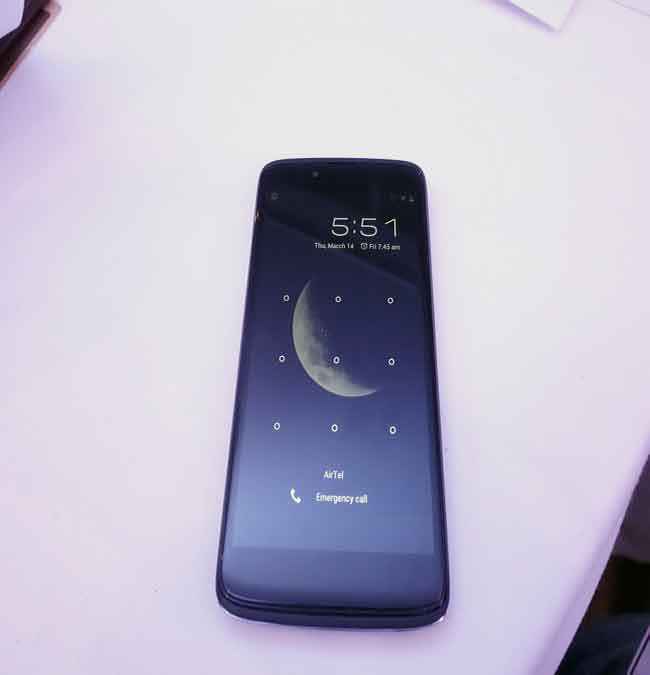 |
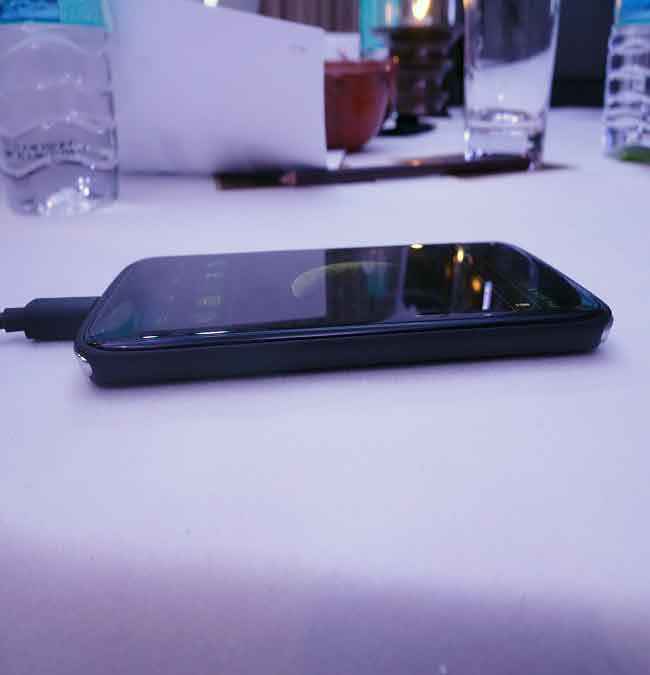 |
 |
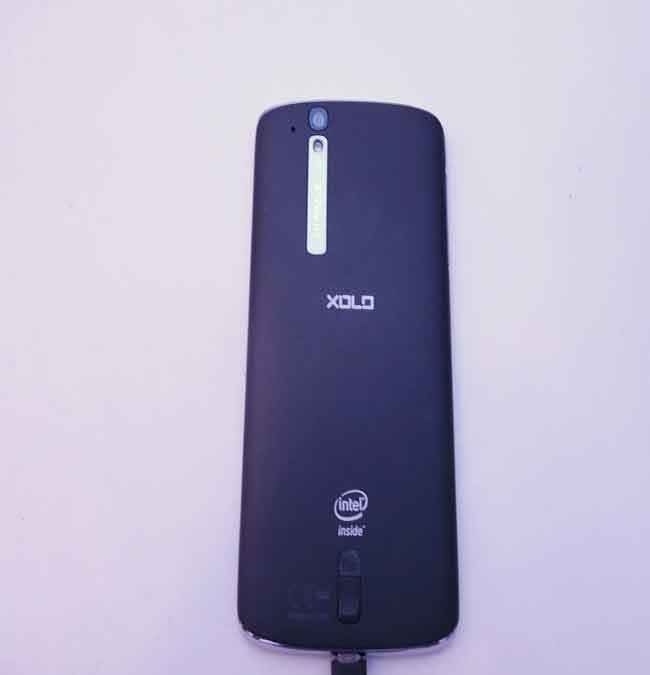 |
Let us start with the design and build. One look at the smartphone and you know that it is a premium device. It is really slim at 9.1mm and weighs a mere 140 grams. The rear of the smartphone also has a rubberized finish adding to the grip. The face of the X1000 has the 4.7-inch display with a 720p HD resolution. We were indoors and played a few YouTube videos and some Temple Run 2 and we have to say, we love the display. It is vibrant and crisp, with good viewing angles and solid colour reproduction.
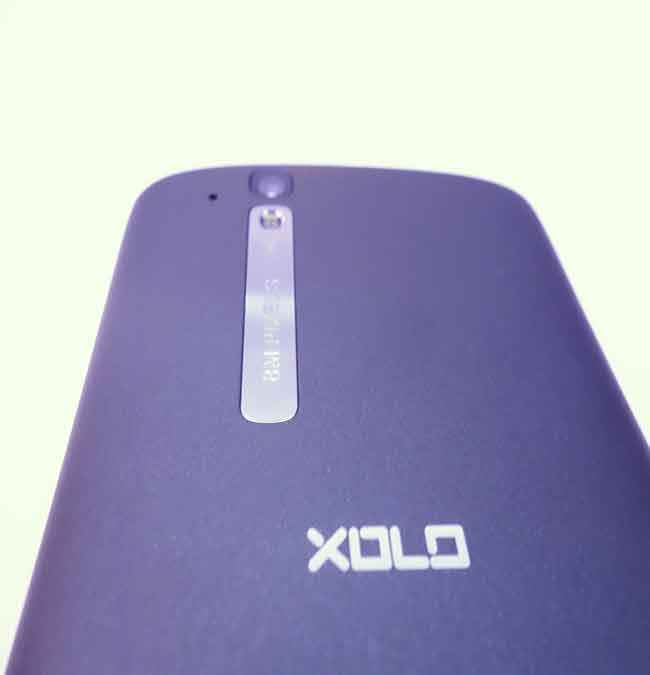 |
 |
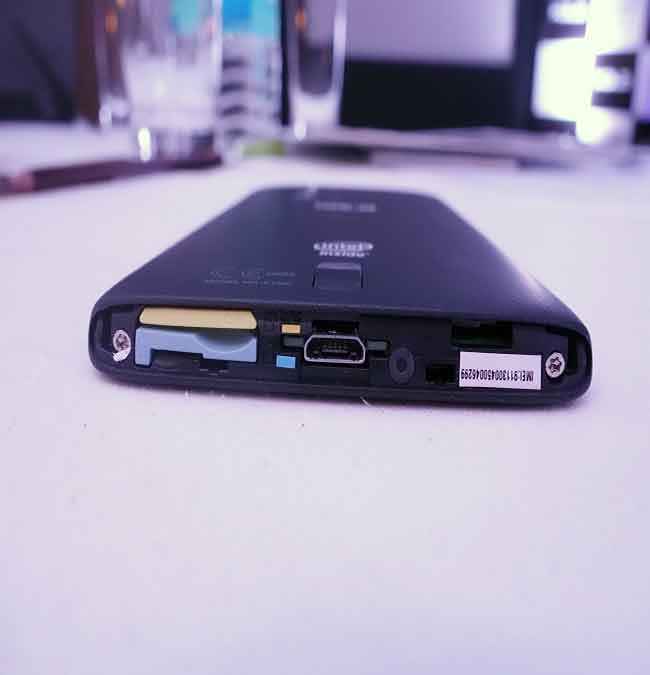 |
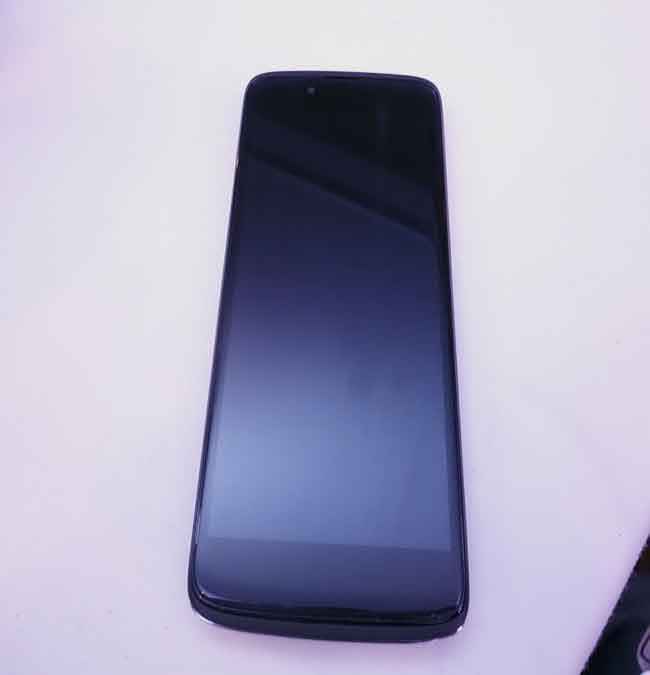 |
The Xolo X1000 sports a light skin layer on ICS, with the majority of the experience remaining vanilla Android. If you have used an Android smartphone in the past, you will feel right at home here. The UI was very reminiscent of the Xolo X500, a smartphone we have recently spent quite some time with.
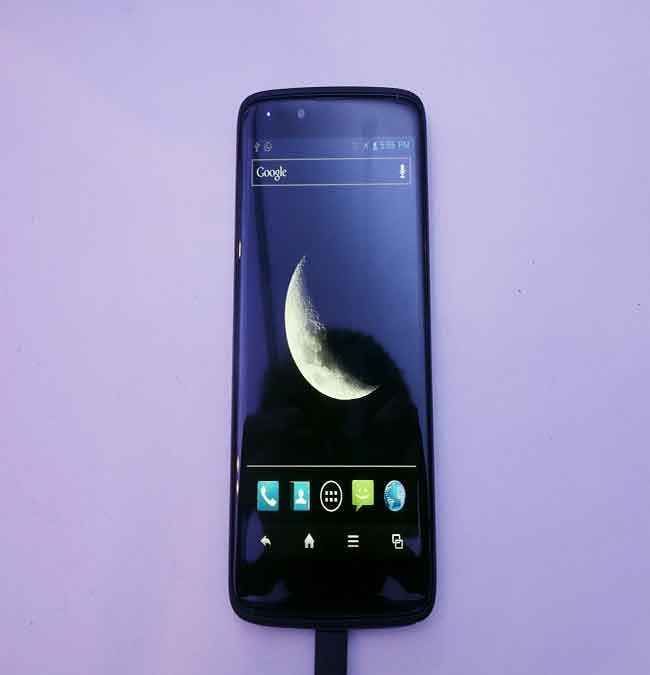 |
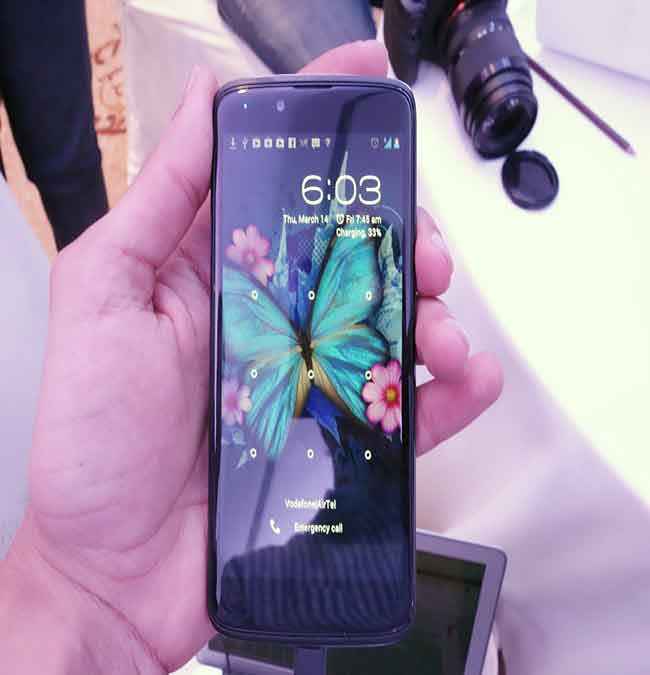 |
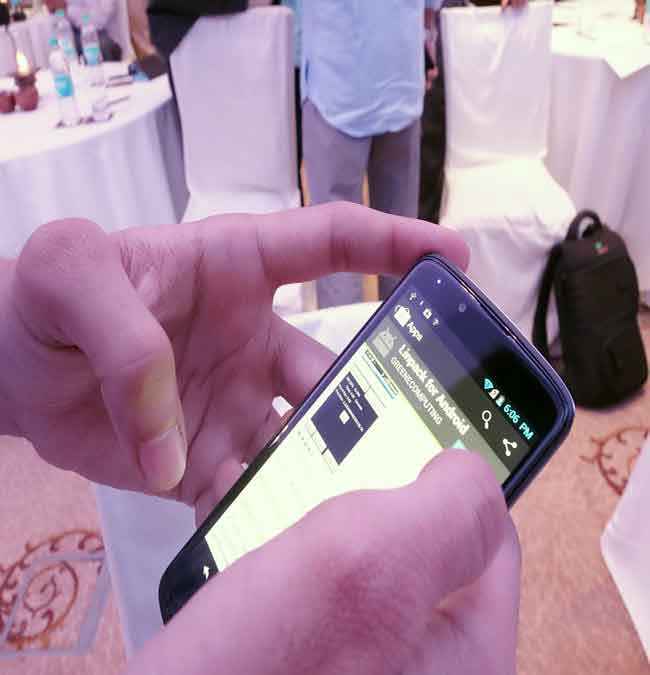 |
The X1000 has a unibody design, which unfortunately means that the battery isn’t accessible by the user. The bottom of the smartphone has a flap that can be removed to access the SIM card and the microSD card slot. The rear of the Xolo X1000 houses the 8MP camera with an LED flash. The camera of the smartphone has nearly zero shutter lag. Do check out our camera comparison of the Xolo X1000 with the LG Nexus 4.
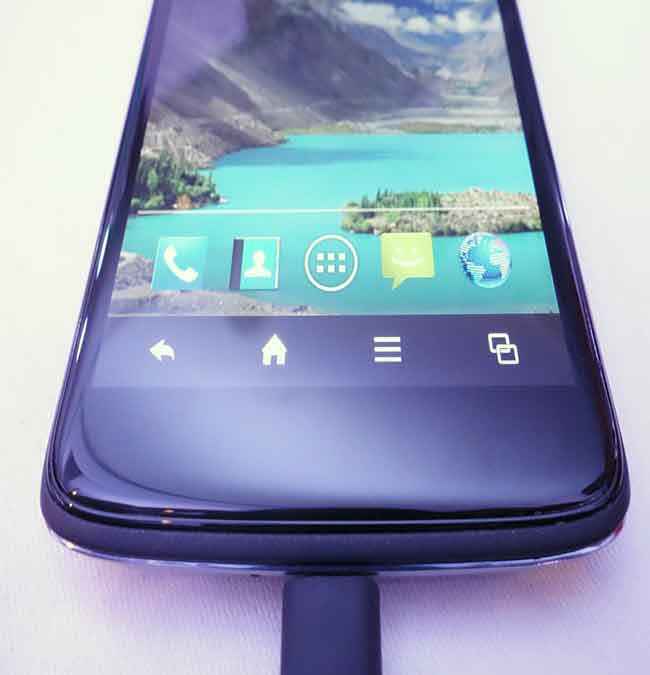 |
 |
 |
In terms of connectivity, the X1000 has the microUSB port at the bottom, the power button and the headphones jack on the top and the volume rocker on the left. Overall, in its looks and design the X1000 looks quite impressive. Do also check out our Performance Review and Camera Comparison, as we managed to run some benchmarks on the Xolo X1000 at the event.
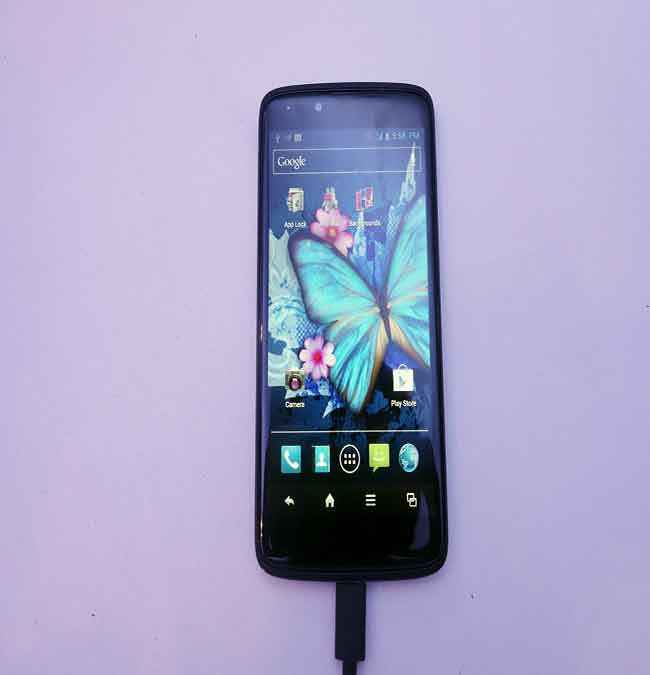 |
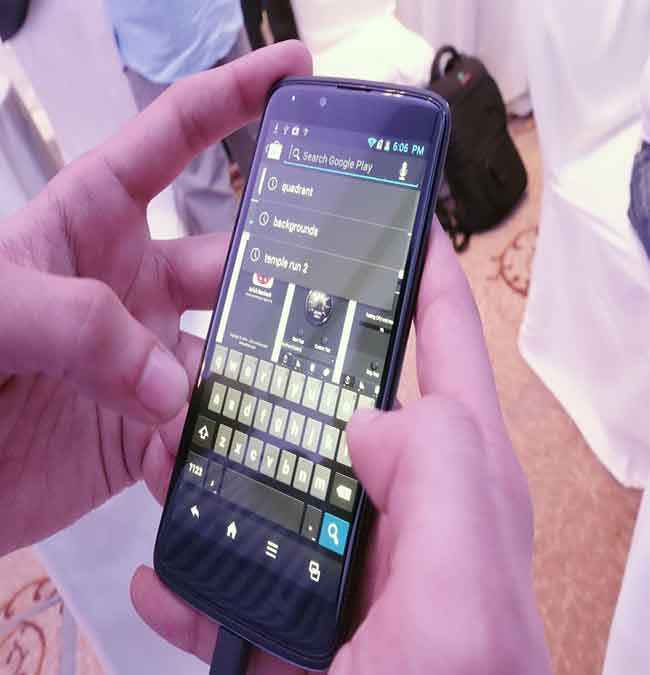 |
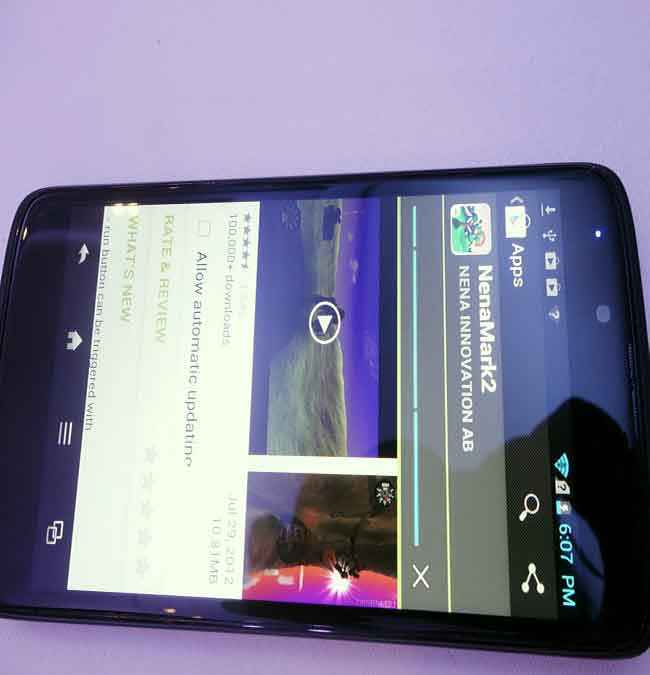 |
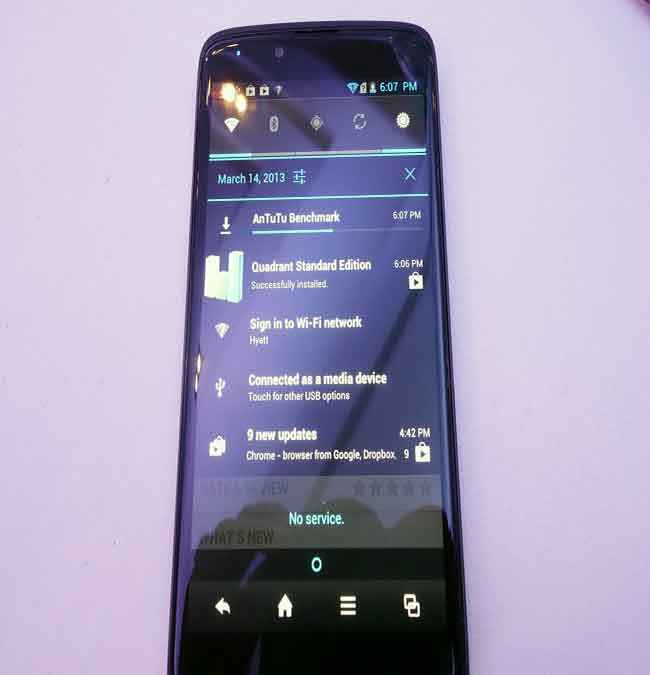 |
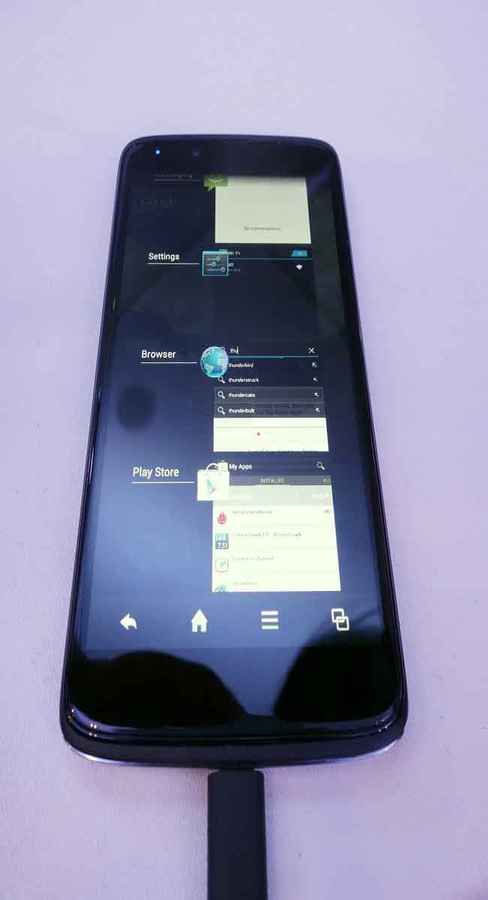 |
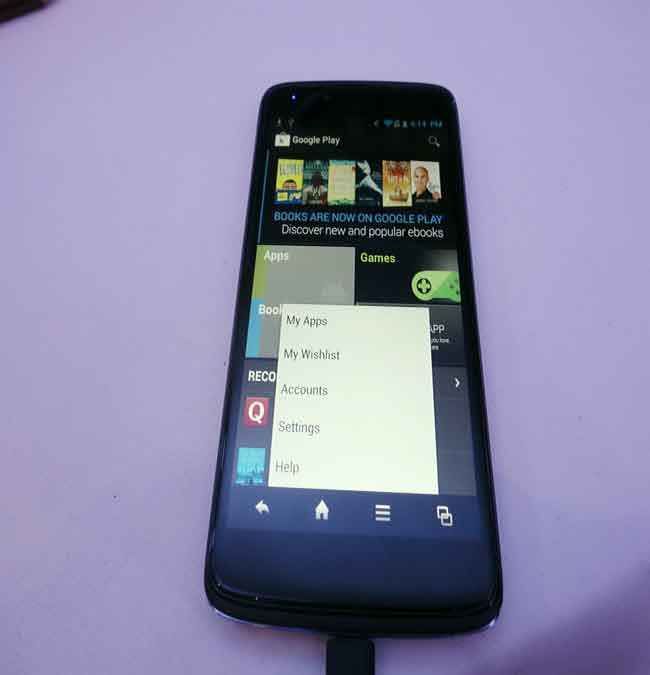 |
Sameer Mitha
Sameer Mitha lives for gaming and technology is his muse. When he isn’t busy playing with gadgets or video games he delves into the world of fantasy novels. View Full Profile